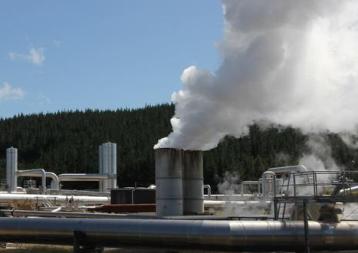Sources of electrical energy
 The energy problem is one of the main problems of humanity. The main sources of energy at the moment are gas, coal and oil. According to the forecast, oil reserves will last 40 years, coal - 395 years, and gas - 60 years. The global energy system is facing gigantic problems.
The energy problem is one of the main problems of humanity. The main sources of energy at the moment are gas, coal and oil. According to the forecast, oil reserves will last 40 years, coal - 395 years, and gas - 60 years. The global energy system is facing gigantic problems.
In terms of electricity, the sources of electrical energy are represented by various power plants — thermal, hydroelectric and nuclear. As a result of the rapid depletion of natural energy carriers, the task of finding new methods of obtaining energy is brought to the fore.
Source of electrical energy — an electrical product (device) that converts various types of energy into electrical energy (GOST 18311-80).
Sources of basic electrical energy
• TPP
They work on organic fuel - fuel oil, coal, peat, gas, shale. Thermal power plants are mainly located in the area where there are natural resources and near large oil refineries.
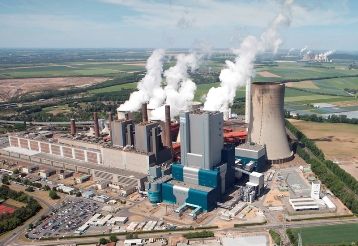
• Hydroelectric plants
They are erected in places where large rivers are blocked by a dam, and thanks to the energy of the falling water, the turbines of an electric generator rotate. The production of electricity by this method is considered the most environmentally friendly due to the fact that there is no burning of different types of fuel, therefore there is no harmful waste. Check more details here — The principle of operation of a hydroelectric plant
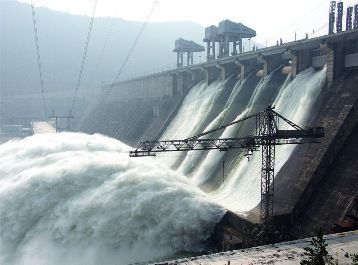
• Nuclear power plants
Heating water requires heat energy, which is released as a result of a nuclear reaction. Otherwise it looks like a thermal power plant.
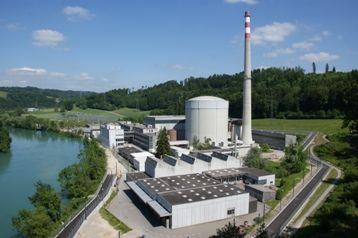
Non-conventional sources of energy
These include wind, solar, heat from land-based turbines, and ocean tides. Recently, they are increasingly used as non-conventional additional energy sources. Scientists say that by 2050 non-standard energy sources will become basic and the ordinary will lose their meaning.
• Energy of the sun
There are several ways to use it. During the physical method of obtaining energy from the sun, galvanic batteries are used, which can absorb and converts solar energy into electricity or heat. A system of mirrors is also used which reflects the sun's rays and directs them to tubes filled with oil where the sun's heat is concentrated.
V In some regions, it is more expedient to use solar collectors, with the help of which it is possible to partially solve the environmental problem and use energy for household needs.
The main advantages of solar energy are the general availability and inexhaustibility of sources, complete safety for the environment and the main ecologically clean sources of energy.
The main disadvantage is the need for large areas of land to build a solar power plant.
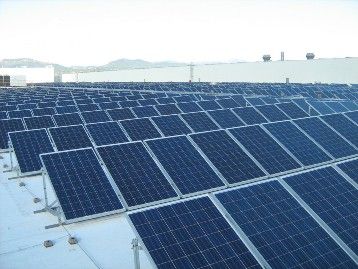
• Wind energy
Wind farms are only capable of producing electricity when the wind is strong. The "primary modern energy sources" of wind is the wind turbine, which is quite a complex structure. Two modes of operation are programmed into it - low and high wind, and there is also an engine stop if there is a very strong wind.
The main drawback wind power plants (HPP) — noise generated by the rotation of the propeller blades. The most suitable are small windmills designed to provide environmentally safe and cheap electricity in suburban areas or individual farms.
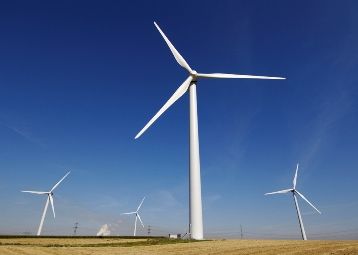
• Tidal power plants
Tidal energy is used to generate electricity. To build the simplest tidal power station, a basin, a dam, or the mouth or bay of a river would be needed. The dam is equipped with hydro turbines and culverts.
Water enters the basin at low tide, and when the level of the basin and the sea are equal, the culverts are closed. As low tide approaches, the water level decreases, the pressure becomes sufficient, the turbines and electric generators start working, and gradually the water leaves the pool.
New energy sources in the form of tidal power plants have some disadvantages — disruption of the normal exchange of fresh and salt water; influence on the climate, as a result of their work changes the energy potential of the waters, the speed and the area of movement.
Pros — environmental friendliness, low cost of produced energy, reduction in the level of extraction, combustion and transportation of fossil fuels.
• Unconventional sources of geothermal energy
The heat of the earth's turbines (deep-seated hot springs) is used to generate power. This heat can be used in any region, but the costs can be recovered only where the hot waters are as close as possible to the earth's crust — zones of active activity of geysers and volcanoes.
The main sources of energy are presented in two types - an underground pool with a natural heat carrier (hydrothermal, steam-thermal or steam-water sources) and the heat of hot rocks.
The first type is a ready-to-use underground boiler from which steam or water can be produced from conventional wells. The second type makes it possible to obtain steam or superheated water, which can be further used for energy purposes.
The main disadvantage of both types is the low concentration of geothermal anomalies when hot rocks or springs approach the surface. It is also necessary to re-inject waste water into the underground horizon, as thermal water contains many salts of toxic metals and chemical compounds that cannot be discharged into surface water systems.
Advantages - these reserves are inexhaustible.Geothermal energy is very popular due to the active activity of volcanoes and geysers, whose territory occupies 1/10 of the earth's surface.
New promising sources of energy — biomass
Biomass is primary and secondary. To get energy, you can use dried algae, agricultural waste, wood, etc. The biological option for energy use is the production of biogas from manure as a result of fermentation without access to air.
Today, the world has accumulated a decent amount of garbage that degrades the environment, garbage has a detrimental effect on humans, animals and all living things. Therefore, the development of energy where secondary biomass will be used to prevent environmental pollution is necessary.
According to scientists' calculations, settlements can be fully supplied with electricity only at the expense of their garbage. In addition, there is practically no waste. Therefore, the problem of waste disposal will be solved simultaneously with the supply of electricity to the population at minimal costs.
Advantages — the concentration of carbon dioxide does not increase, the problem of using waste is solved, therefore the ecology is improved.

